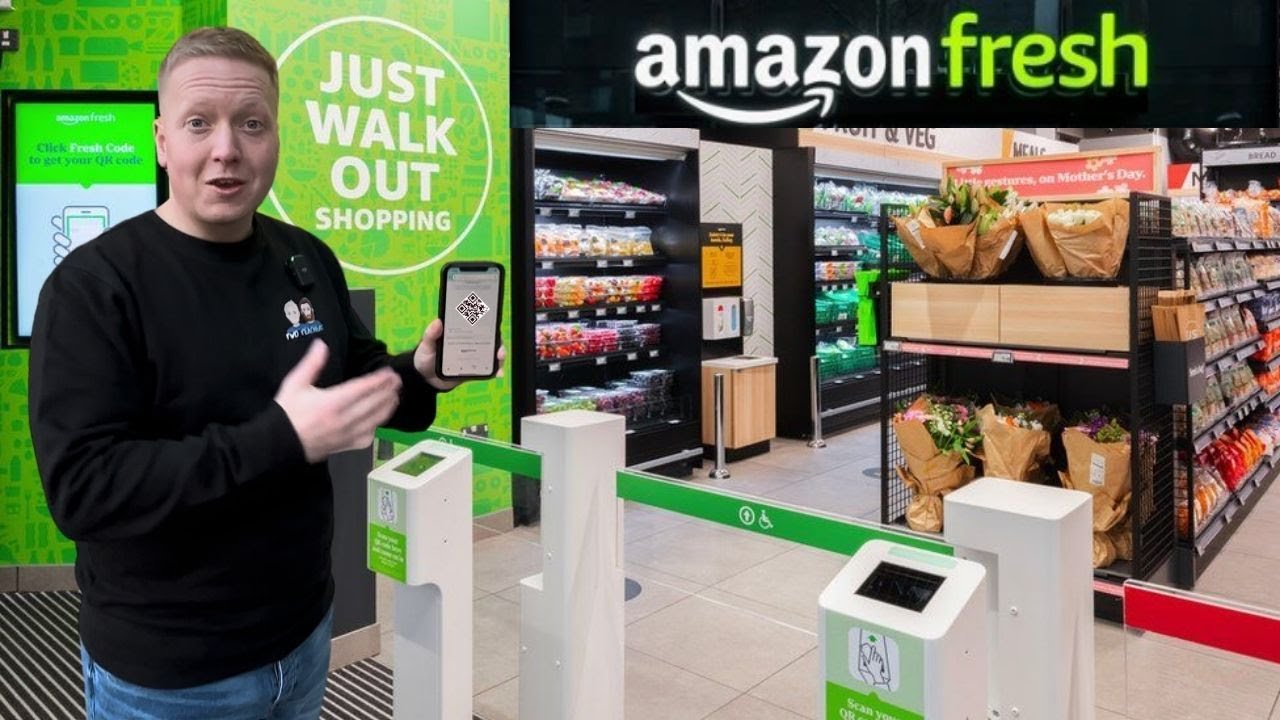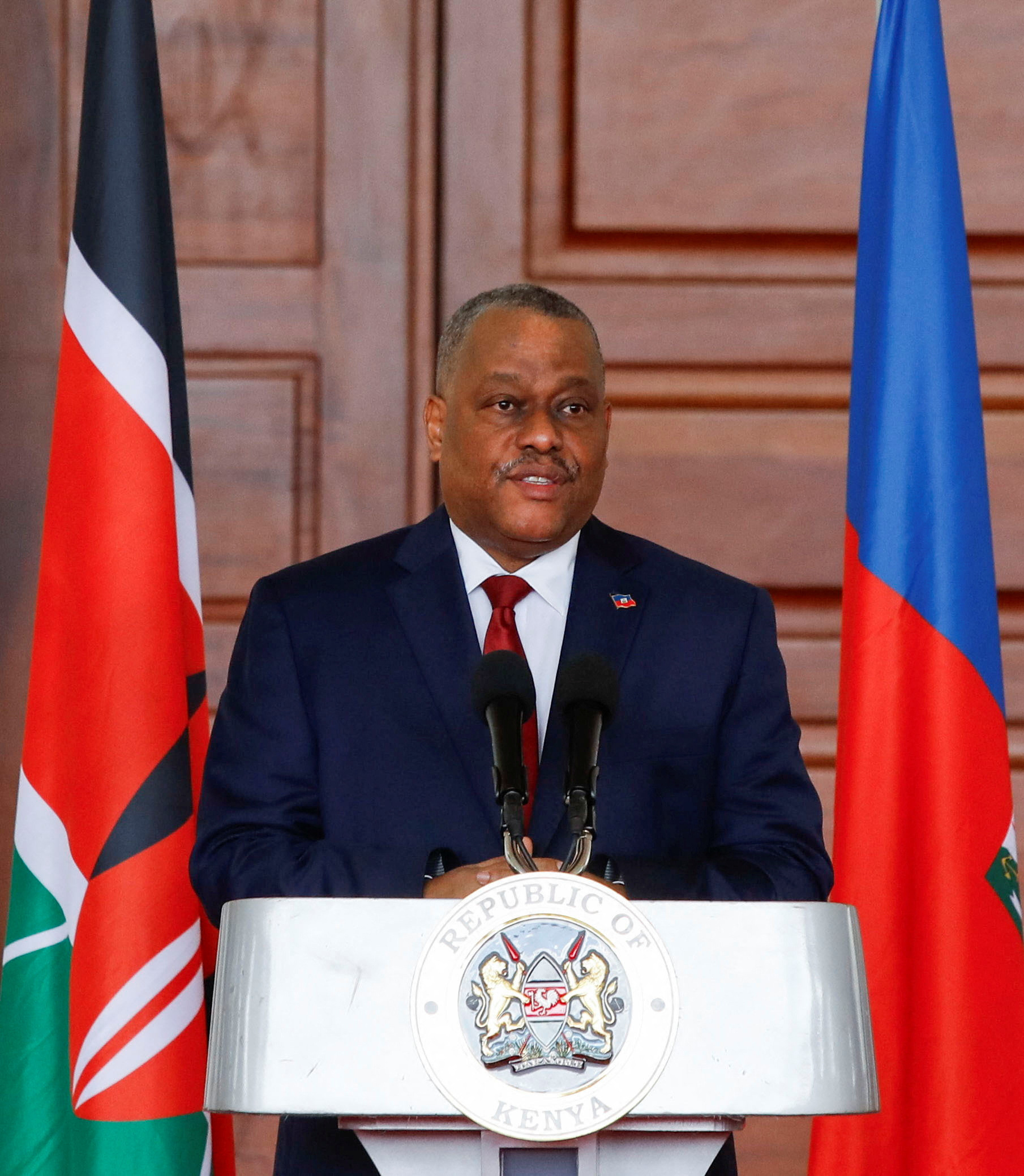
Amazon’s Grocery Leadership Shift
Tony Hoggett’s departure marks a pivotal moment for Amazon amidst challenges in the grocery sector. As he exits as Senior Vice President of Worldwide Grocery Stores on November 1, 2024, the tech giant faces pressures to redefine its grocery strategy.
 Conceptual image relating to Amazon’s grocery strategies
Conceptual image relating to Amazon’s grocery strategies
Having joined the team in January 2022, Hoggett played a crucial role in unifying Amazon Fresh, Whole Foods Market, and Amazon Go under one leadership structure. His vision aimed to streamline grocery operations, a necessity as competition intensified and consumer habits shifted post-pandemic. Amazon has wrestled with its grocery business, which has not yet fulfilled the company’s ambitious vision in this sector despite the acquisition of Whole Foods for $13.7 billion.
Transitioning Leadership
As Hoggett makes his exit, he expressed gratitude for his tenure at Amazon, stating, “My time at Amazon has been incredible, and I’m grateful to my colleagues for their support, guidance, and friendship.” With no immediate plans revealed about his next steps, this leadership transition compels a reevaluation of Amazon’s grocery sector strategy. Doug Herrington, CEO of Worldwide Amazon Stores, will oversee key personnel, including Whole Foods CEO Jason Buechel and VP of Amazon Fresh, Claire Peters, ensuring continuity during this leadership fluctuation.
Amazon’s grocery initiatives have shown mixed results. Recently, they unveiled a pilot for a small-format store in Chicago, a project that could herald new opportunities for consumer engagement, paralleling their existing efforts at scale.
Skills Migration: Germany Opens Doors for Professionals
Shifting to the international stage, Germany has substantially boosted its visa quota for skilled Indian professionals, escalating from 20,000 to a remarkable 90,000. Prime Minister Modi heralded this change, announcing it during the 18th Asia Pacific Conference of German Business, thereby intertwining the destinies of India and Germany’s labor markets.
 Image portraying skilled professionals in various sectors
Image portraying skilled professionals in various sectors
This initiative is poised to not only alleviate labor shortages prevalent in Germany but also enrich sectors like technology, healthcare, and engineering with Indian talent. The aging population and declining birth rates in Germany necessitate such proactive measures to maintain competitiveness in the global economy.
The reform signifies a bold step in fostering economic and technological partnerships between the two nations, potentially invigorating sectors crucial to both parties. As Germany looks to retain its industrial and technological prowess, welcoming skilled Indian professionals could bridge gaps in innovation and productivity.
Economic Significance
The implications of this policy extend beyond mere numbers. With Germany’s economy undergoing transformations, the influx of talent is expected to invigorate both local and international companies, enhancing growth trajectories in tech, healthcare, and manufacturing sectors. As the world becomes increasingly interconnected, the collaboration may pave the way for future endeavors and shared advancements.
Conclusion
In a landscape where tech giants like Amazon navigate turbulent waters and nations like Germany reshape immigration for economic gains, the interdependence of technology and labor mobility has never been more prominent. Amazon is at a crossroads in re-establishing its grocery segment identity while Germany demonstrates forward-thinking in attracting skilled labor. The developments in both arenas illuminate broader trends that could define the future of work and commerce globally.
As these narratives unfold, one can observe a confluence of innovation, labor, and market dynamics that chronicles a critical phase for both tech industries and nation-states alike, steering toward a transformative future.
 Image symbolizing global economic collaboration
Image symbolizing global economic collaboration











